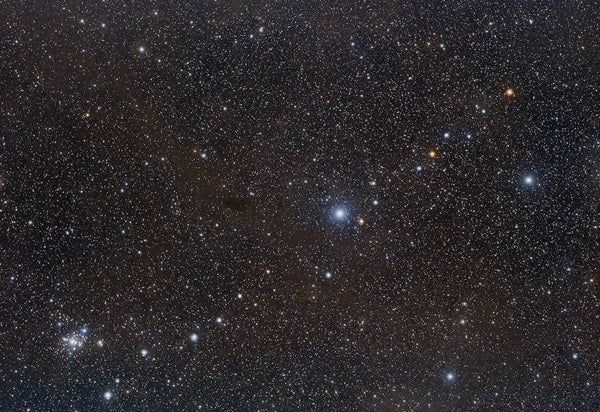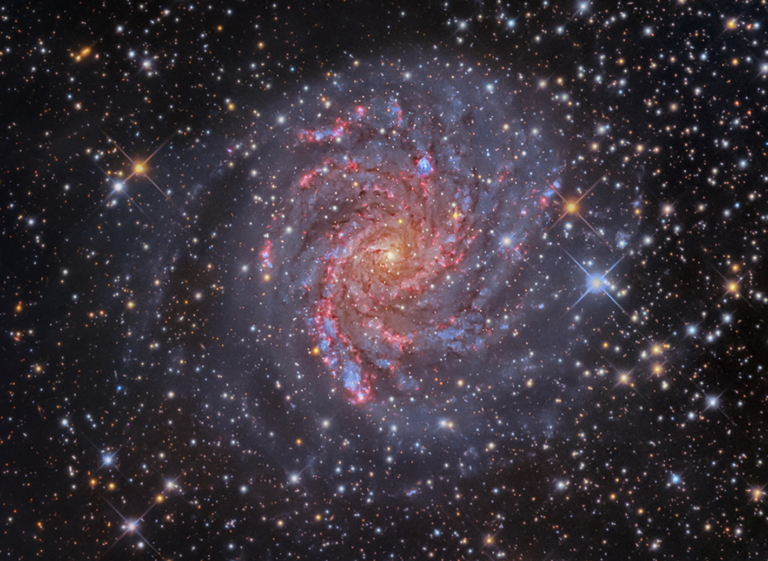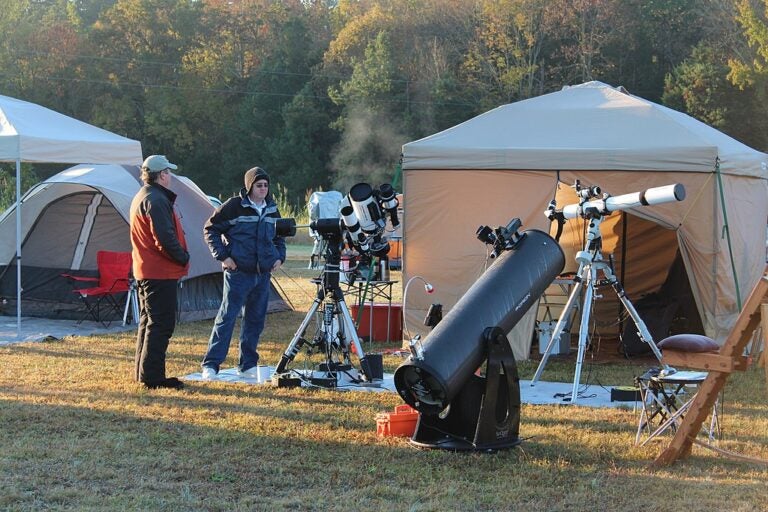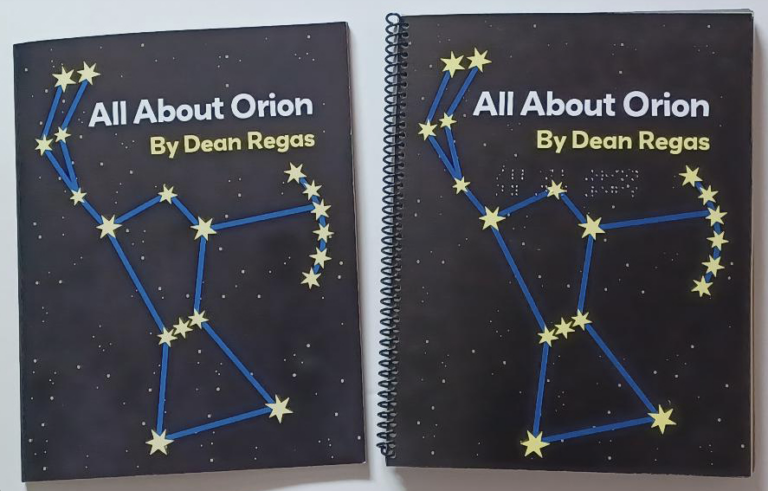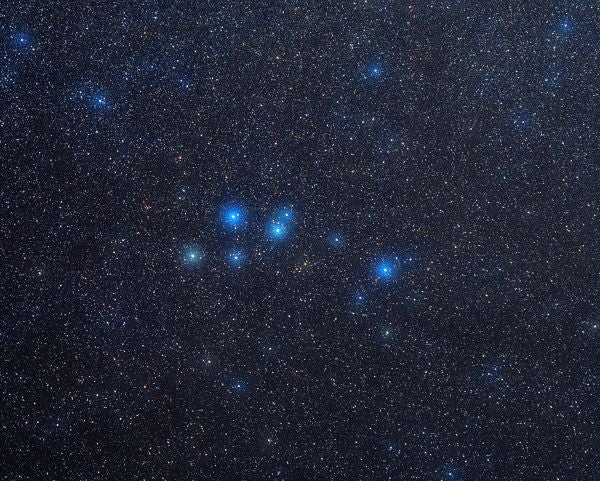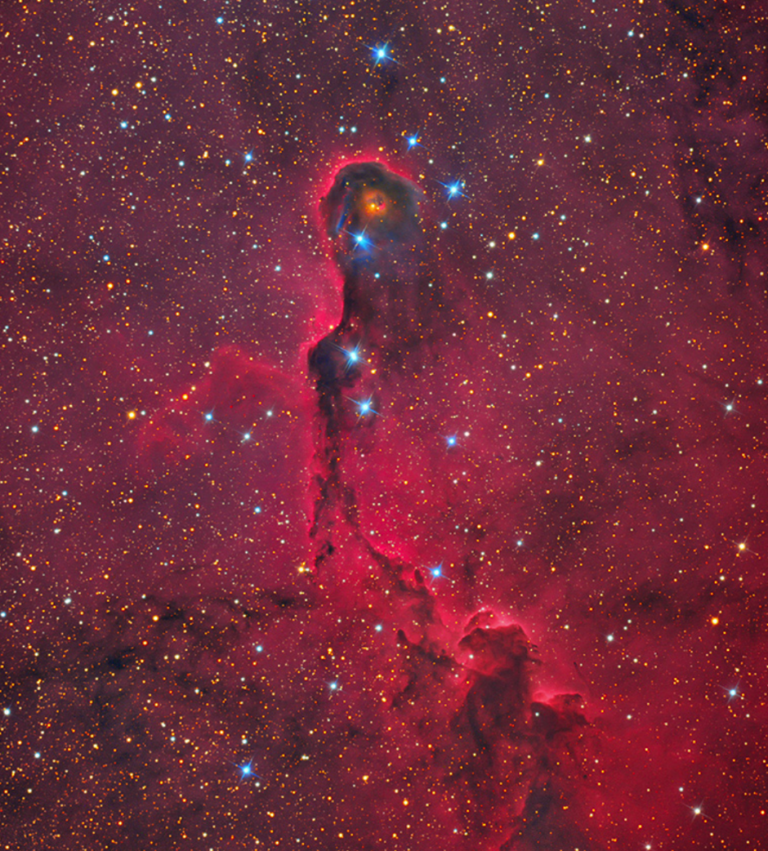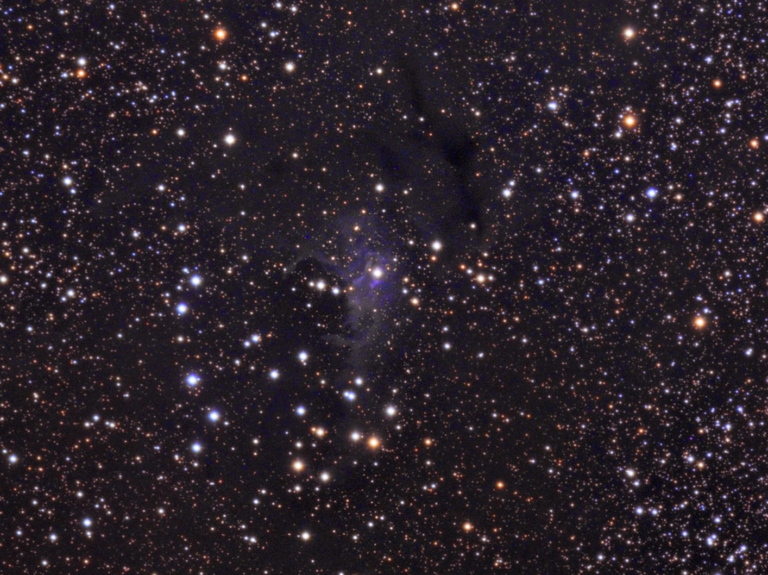Back in the March issue, we visited the eastern portion of one of the sky’s most challenging constellations, Camelopardalis the Giraffe. I promised then that we would return later in the year to call on some hidden deep-sky gems in the western part of the constellation. And here we are.
Like the eastern half, western Camelopardalis lacks any noteworthy naked-eye stars. So, finding our way around will take some effort. Fortunately, there is a neighbor who can help.
Cassiopeia borders Camelopardalis to the west. The full span of the Queen’s familiar W pattern measures about 13° from tip to tip. Draw an imaginary line across the Cassiopeia W, from Caph (Beta [β] Cassiopeiae) to Segin (Epsilon [ε] Cassiopeiae), and extend it the same distance east into the emptiness of Camelopardalis. Look for a surprisingly straight stream of faint stars spanning 2.5° and flowing from northwest to southeast.
Canadian amateur astronomer and Franciscan monk Lucian Kemble first noticed this unusual grouping in 1980, while he was scanning Camelopardalis with 7×35 binoculars. Curious about this alignment, he contacted Walter Scott Houston to see if he was familiar with it. Houston — having written the Deep-Sky Wonders column in Sky & Telescope for more than four decades — was the preeminent deep-sky authority during the latter half of the 20th century. Despite this expertise, he was also previously unaware of Kemble’s find. Houston alerted readers to this unusual sight, christening it Kemble’s Cascade.
Fourteen stars make up Kemble’s Cascade. Most are between 7th and 9th magnitude, save for a 5th-magnitude bluish sun midway along the stream. I liken it to a rock protruding out of a torrent of roaring rapids. But, despite appearances, the stars of Kemble’s Cascade have no physical relation to each other in space. They are simply a chance line-of-sight alignment formed by unrelated stars, known as an asterism.
As you ride the rapids along Kemble’s Cascade flowing southwestward, you will see that they end near a small, hazy patch. Kemble compared the view to a waterfall, with NGC 1502 creating the cloud of water vapor at the base of the falls.
William Herschel discovered this open cluster in November 1787. NGC 1502 is made up of 45 stars, most of which are fainter than 10th magnitude — below the threshold for most binoculars. Despite their individual faintness, the stars combine their resources to create a 6th-magnitude object for us to enjoy. Look carefully and you might notice two or three faint points standing out from the cluster’s glow. The brightest two shine at 7th magnitude and are dead center in the cluster. They form a tight pair separated by 16″. That’s too close to resolve through my 10×50 binoculars, but I can just detect their duality through my 16x70s. How many stars can you resolve in NGC 1502?
Our final stop on this visit to Camelopardalis is another object that went largely unknown until an amateur spotted it and began to spread the word. John Pazmino accidentally stumbled upon this open cluster while observing with a small refractor in the late 1970s. Although cataloged as Stock 23, many know it by its nickname: Pazmino’s Cluster. To spot it, find the 4th-magnitude star HD 21291 about one binocular field southwest of NGC 1502. Stock 23 is just 1.6° farther west of this star. Viewing through my 10x50s, I can make out about a half-dozen of its 25 stars. The four brightest form a trapezoid reminiscent of Draco the Dragon’s head.
Despite its late addition to the sky, Camelopardalis hosts quite a few hidden gems for amateurs to unearth. And it’s fun to scan the sky through binoculars to see what surprises await, especially in barren spaces like Camelopardalis. You never know what you might come across.
Have you ever bumped into an interesting grouping of stars that no one else knows about? I’d love the spread the word. Drop me a line through my website, philharrington.net. Until next month, remember that two eyes are better than one.

